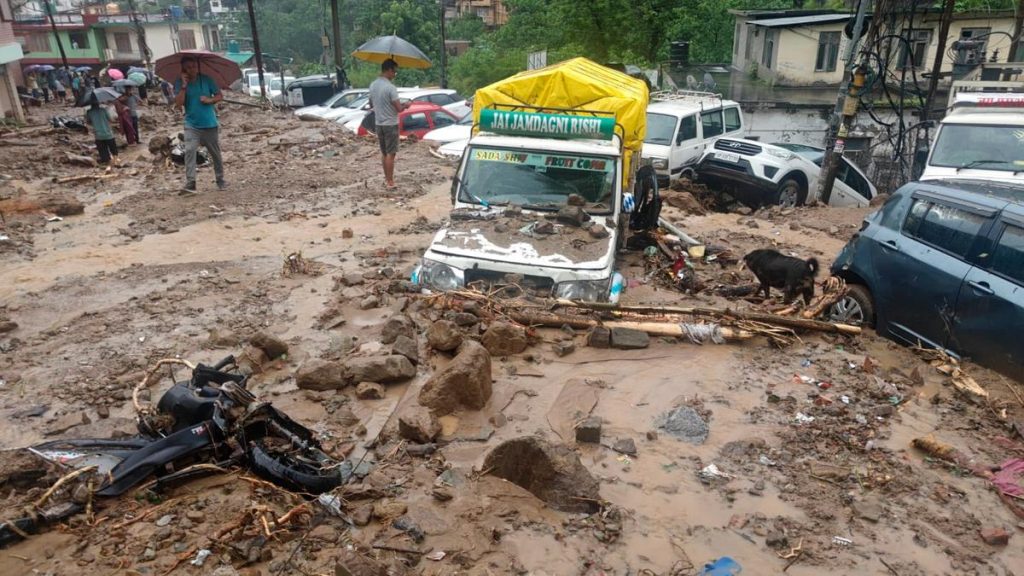Now Reading: Singapore-Flagged Cargo Ship Fire Partially Contained, Heavy Smoke Persists
-
01
Singapore-Flagged Cargo Ship Fire Partially Contained, Heavy Smoke Persists
Singapore-Flagged Cargo Ship Fire Partially Contained, Heavy Smoke Persists

Quick Summary
- Singapore-flagged container ship MV Wan Hai 503 caught fire off the Kerala coast between Beypore and Azhikkal ports on June 10, 2025.
- Indian Coast Guard (ICG), Indian Navy, Directorate General of Shipping (DGS), and salvage partners have partially suppressed approximately 40% of the blaze as of june 11, while heavy smoke continues to emit from the vessel.
- The fire is localized in forward bays; thermal and gas risks persist near affected compartments. The stern remains unaffected, allowing possible towing once the fire is fully suppressed.
- The vessel contains 2,000 tonnes of fuel oil and 240 tonnes of diesel adjacent to the fire zone-posing escalation risks-and is drifting at one knot per hour away from India’s coastline (~65 nautical miles out).
- International firefighting specialists from Spain,UK,and Netherlands are expected to join operations within three days pending visa clearances.
- Of its total 1,754 containers onboard-143 are reported to be carrying hazardous cargo. Drifting containers present additional concerns for maritime safety.
Indian Opinion Analysis
The ongoing situation with MV Wan Hai 503 highlights critical challenges in disaster management within maritime contexts. India’s prompt response through coordinated efforts by multiple agencies underscores its growing capability to handle complex naval emergencies effectively. However, proximity risks due to large quantities of flammable cargo onboard could pose environmental threats if further escalation occurs.
Deploying international firefighting experts signals an acknowledgment that advanced technical expertise may be necessary given perilous cargo handling requirements. For India’s maritime framework,this incident raises questions regarding preparedness strategies for foreign vessels transiting in national waters-a concern amplified by commercial shipping’s increasing reliance on hazardous materials transportation.
Notably situated at a distance from India’s shores (~65 nautical miles), the incident does not instantly threaten coastal areas but serves as a reminder for strengthened surveillance mechanisms. Beyond containment efforts lies significant responsibility over navigating potential ecological impacts if fuel breaches or toxic leaks occur during salvage attempts.This case also draws attention toward ensuring stricter preemptive inspections for globally flagged ships passing through high-risk zones like Kerala’s coastline-a balance between trade facilitation and risk mitigation policies India must vigilantly maintain.























